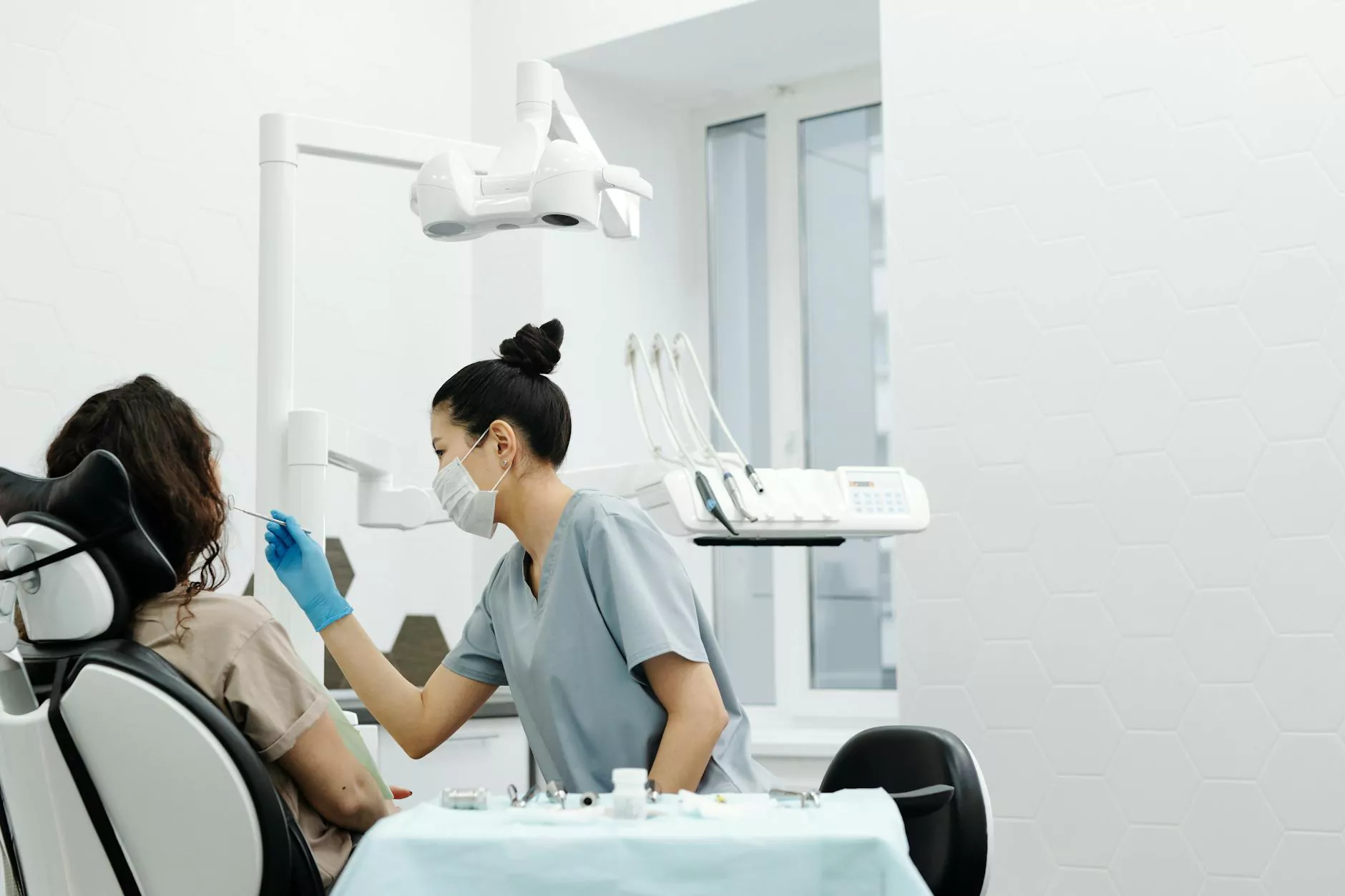Innovations in Medical Device Manufacturing: Pioneering Radiation Shielding Solutions

Understanding Medical Device Manufacturing
The field of medical device manufacturing is an essential segment of the broader healthcare industry. This industry plays a critical role in developing, producing, and distributing devices that aid in diagnosing, monitoring, and treating diseases. Advances in technology, coupled with increasing healthcare demands, require manufacturers to innovate continuously. One significant focus area has become radiation shielding materials and devices, essential for minimizing exposure risks to both patients and healthcare professionals.
The Importance of Radiation Shielding in Healthcare
Radiation shielding is an essential aspect of medical technology, particularly in fields such as diagnostics and treatment, where ionizing radiation is frequently employed. Here, we explore why radiation shielding is a paramount consideration in medical device manufacturing.
- Protecting Patients: Medical devices that use radiation (X-rays, CT scans, and radiation therapies) can potentially expose patients to harmful levels of radiation. Radiation shielding materials help ensure patient safety by absorbing or deflecting harmful rays.
- Safeguarding Healthcare Workers: Medical professionals often work in environments with significant radiation exposure. Effective shielding devices and materials are critical to protect their health and minimize the long-term risk of radiation-related illnesses.
- Regulatory Compliance: Regulatory bodies necessitate strict safety standards in device manufacturing. Adhering to these regulations helps manufacturers avoid liabilities and enhances their reputation in the industry.
Key Materials in Radiation Shielding Devices
In medical device manufacturing, various materials are utilized for their radiation shielding properties. Understanding these materials is crucial for developing effective shielding solutions.
1. Lead
Lead is one of the most commonly used materials due to its high density and effectiveness in blocking gamma and X-ray radiation. It is often utilized in the form of sheets, curtains, and specialized garments.
2. Tungsten
Tungsten, while more expensive than lead, offers a superior strength-to-weight ratio. This can lead to lighter and thinner shielding solutions, which are desirable in portable devices and mobile clinics.
3. Polymer-Based Materials
Innovative polymer-based shielding materials are gaining traction due to their lightweight and flexible properties. These materials can be engineered to meet specific radiation absorption requirements, offering manufacturing versatility.
4. Barium and Concrete
These materials are often used in the construction of radiology rooms and treatment facilities. Barium can be used as a shielding agent in certain medical forms, while thick concrete walls effectively reduce radiation levels.
Trends in Medical Device Manufacturing
The medical device manufacturing industry is undergoing rapid changes, driven by technology, regulatory updates, and shifting consumer expectations. Key trends shaping the future of the industry include:
- Integration of Artificial Intelligence: AI is revolutionizing the manufacturing process, enabling predictive maintenance, quality control, and enhanced automation that mitigates human error.
- Increased Customization: Advances in 3D printing and manufacturing technologies facilitate the production of customized medical devices to fit individual patient needs, enhancing outcomes.
- Emphasis on Sustainability: There is a growing focus on eco-friendly materials and processes in medical device manufacturing, aiming to reduce the industry's carbon footprint.
- Telehealth Solutions: The pandemic has accelerated the demand for remote health monitoring devices, requiring manufacturers to adapt quickly to provide effective connectivity in new device designs.
The Role of OVM Device in Radiation Shielding Innovations
As a leader in the field of medical device manufacturing, OVM Device stands at the forefront of developing innovative radiation shielding materials and devices. The company emphasizes quality and compliance, ensuring that every product is tested rigorously for safety and efficacy.
1. Advanced Radiation Shielding Materials
OVM Device invests heavily in research and development, exploring new materials that can offer enhanced shielding properties without compromising other performance aspects. Their focus on radiation shielding material innovation has yielded solutions that are both effective and environmentally friendly.
2. Customized Shielding Solutions
The company recognizes that each medical environment is unique, necessitating tailored solutions. OVM Device's expert team works closely with healthcare providers to design and manufacture customized shielding devices that meet specific operational needs.
3. Commitment to Compliance and Safety
In a highly regulated industry, OVM Device prioritizes compliance with all relevant standards, including FDA regulations and ISO certifications. This unwavering commitment to safety inspires confidence among healthcare providers and patients alike.
The Future of Medical Device Manufacturing
The future of medical device manufacturing looks promising, particularly in the domain of radiation shielding. Analysts predict continuing innovations that will enhance patient safety and improve operational efficiencies in healthcare settings. Here are a few expected developments:
- Enhanced Materials: New composite materials are emerging, providing superior radiation protection while being lighter and more versatile.
- Smart Shielding Devices: Future devices may incorporate real-time monitoring sensors that adjust shielding levels based on patient proximity and radiation intensity.
- Greater Collaboration: Industry-wide collaborations between manufacturers, healthcare professionals, and regulatory bodies will drive innovation and establish best practices.
Conclusion
In conclusion, the field of medical device manufacturing is vital to the advancement of healthcare, particularly in developing effective radiation shielding solutions. As we move forward, companies like OVM Device are pivotal in shaping the future of this industry through innovation, dedication to safety, and a commitment to improving patient outcomes. By embracing emerging technologies and prioritizing collaboration, the medical device manufacturing sector is well-equipped to meet the challenges of tomorrow.









